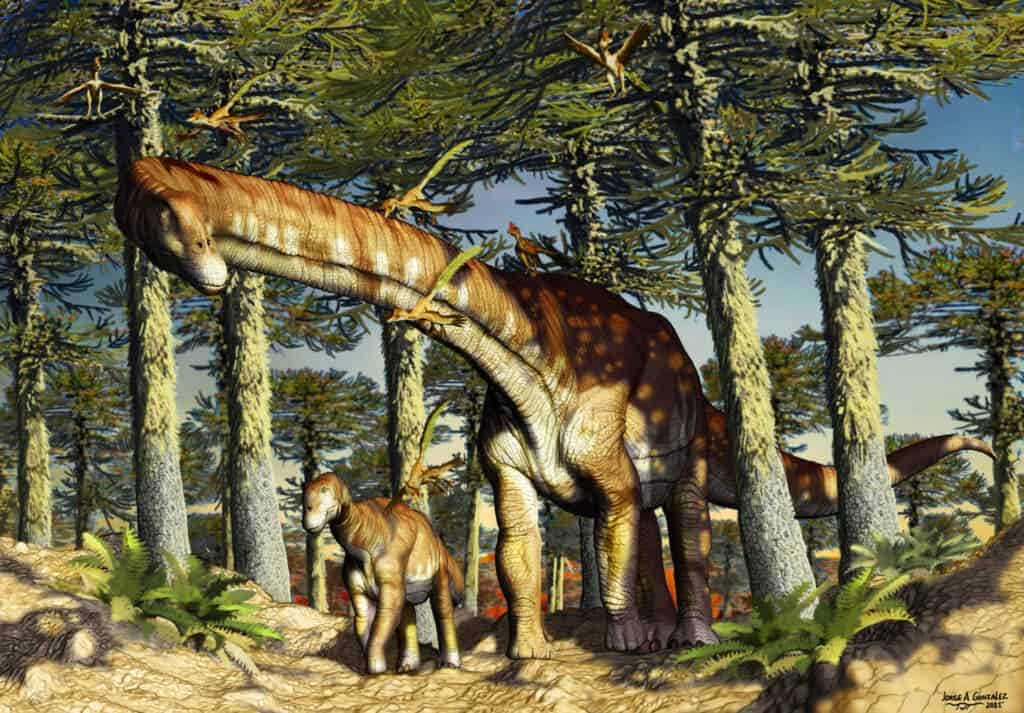A titanic dinosaur discovered in Patagonia, Argentina, may be the oldest member of its lineage ever discovered.

The species, christened the quite cool name of Ninjatitan zapatai was a Titanosaurid, a lineage of massive plant-eating dinosaurs with long necks (they’re part of the sauropod family). All of them were quite hefty, with the smallest known titanosaurid being about as large as an elephant.
The oldest ninja titan
“During evolutionary history, sauropods had different moments, different ‘pulses’ of gigantism, which were not only related to the group of titanosaurs,” said Dr. Pablo Ariel Gallina, a paleontologist at the Fundación Azara in Maimonides University.
“There were large animals towards the end of the Jurassic period, such as Apatosaurus and Brachiosaurus. And, already in the line of titanosaurs, the pulse with the largest giants occurs towards the middle of the Cretaceous period with species such as Patagotitan, Argentinosaurus, or Notocolossus.”
N. zapatai was around 20 m (66 feet) in length, with a sizable neck and tail to go along. But its main distinguishing feature is its age — Ninjatitan zapatai lived during the Early Cretaceous, around 130 million years ago, making it the oldest known member of its lineage. Fossil records from that time are generally quite scant, not just for dinosaurs, making the discovery that much more valuable.
For starters, its existence gives us a lot of information about the wider ecology of the area during the Early Cretaceous. The specimen is proof that titanosaurian sauropods were already present and established in Patagonia at the time, likely even the wider southern hemisphere. It also supports the idea of a Gondwanan origin for Titanosauria,” the researchers said.
The 140-million-year-old postcranial remains of Ninjatitan zapatai were discovered in 2014 in the Bajada Colorada Formation in Neuquén province, Patagonia region, Argentina.
The paper “The earliest known titanosaur sauropod dinosaur” has been published in the journal Ameghiniana.






